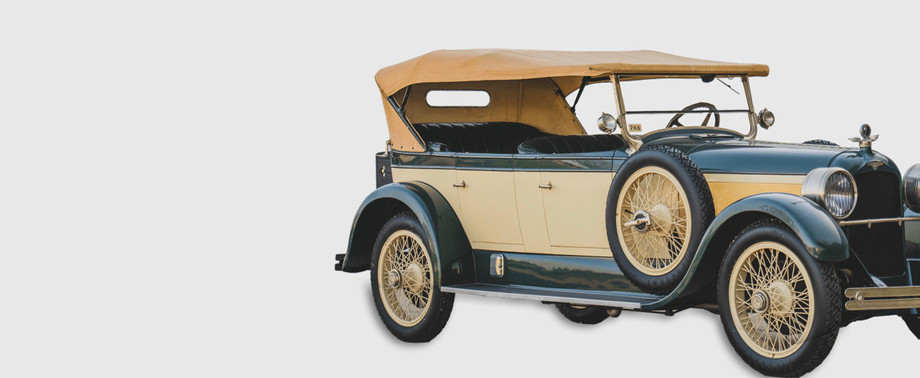Muscle cars are a beloved part of American automotive history. These powerful, high-performance vehicles were designed for speed and acceleration, and they quickly gained a following among car enthusiasts. Today, muscle cars remain a popular choice for collectors and car enthusiasts alike. In this article, we will take a look at the history, popularity, and value of muscle cars.
History: Muscle cars originated in the 1960s and 70s as a response to the growing demand for high-performance vehicles. Automakers began adding powerful engines to their mid-size and full-size cars, creating a new class of vehicles known as muscle cars. These cars were designed for drag racing and other forms of high-speed competition. Some of the most iconic muscle cars from this era include the Ford Mustang, Chevrolet Camaro, Pontiac GTO, and Dodge Charger.
Popularity: Muscle cars quickly gained a following among car enthusiasts and drag racers. These vehicles were affordable, powerful, and easy to modify, making them an attractive option for those looking to push the limits of speed and performance. Muscle cars also became a symbol of youth rebellion and freedom, with many young drivers customizing their cars to reflect their personal style and attitude. Today, muscle cars remain popular among car enthusiasts and collectors, with many classic models fetching high prices at auctions and private sales.
Value: The value of muscle cars varies depending on a variety of factors, including the model, condition, and rarity of the vehicle. Some of the most valuable muscle cars are those from the 1960s and 70s, such as the Shelby Cobra, Plymouth Hemi Cuda, and Chevrolet Corvette. These cars are highly sought after by collectors and can fetch prices in the millions of dollars at auctions and private sales. However, even more common muscle cars, such as the Ford Mustang or Chevrolet Camaro, can be valuable if they are in good condition and have original parts.
Collecting Muscle Cars: If you are interested in collecting muscle cars, there are a few things to keep in mind. First, it's important to do your research and learn as much as you can about the models and years that you are interested in. This can help you identify rare or valuable cars and avoid overpaying for less-desirable models. Additionally, it's important to inspect any car that you are considering purchasing in person. Look for signs of rust, wear and tear, and other damage that may affect the value of the vehicle.
Restoration: Restoring a muscle car can be a rewarding and challenging project for car enthusiasts. However, it's important to be realistic about the time and money that will be required to fully restore a car. Some muscle cars may require extensive repairs and replacement parts, which can be expensive and time-consuming. If you are new to car restoration, it's a good idea to start with a simpler project before taking on a full restoration.
Maintenance: Keeping a muscle car in good condition requires regular maintenance and care. This may include regular oil changes, tire rotations, and other routine maintenance tasks. It's also important to store the car in a dry, secure location to prevent rust and other damage. Finally, be sure to take your muscle car out for regular drives to keep the engine and other components in good working order.
For More Info:-





Comments